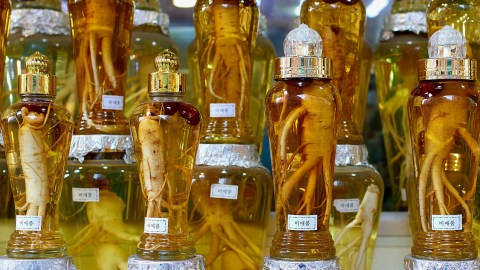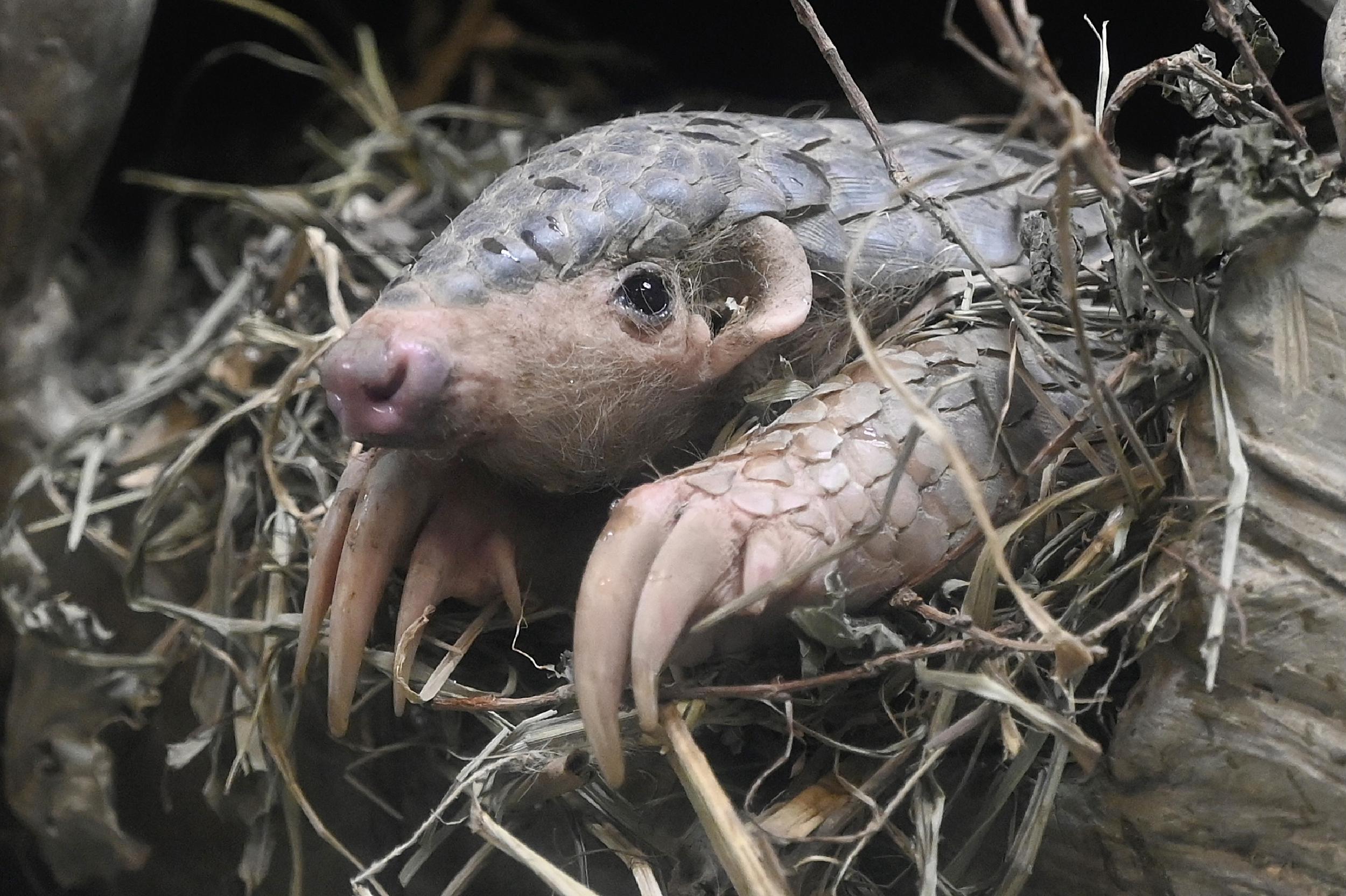Why Traditional Chinese Medicine is the worst alternative “medicine”

- Traditional Chinese Medicine (TCM) states that acupuncture, tai chi, and various herbal and animal-based remedies can bring the body’s life forces into balance, thus restoring good health. The practice is superstitious nonsense.
- TCM offers little to no health benefit while endangering various animal species, putting consumers at risk from dodgy products, and increasing the likelihood of global pandemics.
- Given its immense popularity around the world, it may be the most damaging alternative “medicine.”
In 2019, the World Health Organization for the first time included Traditional Chinese Medicine (TCM) in its International Statistical Classification of Diseases and Related Health Problems (ICD). The reference source might be the most influential medical document in the world, guiding how physicians diagnose diseases and what treatments insurance companies cover in over 100 counties. TCM’s official entry into the ICD was the result of years of lobbying and effort by Chinese government officials, who view the inclusion as key to their goal to spread the practice globally, countering Western medicine in the process.
But while TCM adherents undoubtedly cheered the WHO’s move, backers of science-based medicine largely groaned.
“The WHO chapter on traditional medicine is likely to backfire,” the editors of the leading scientific journal Nature wrote. “It is broad-ranging and detailed, and risks legitimizing an unfounded underlying philosophy and some unscientific practice. Whatever its aims, the WHO’s chapter is unlikely to do anything other than fuel the expanding sales of largely unproven treatments.”
“The WHO’s association with medicines that are not properly tested and could even be harmful is unacceptable for the body that has the greatest responsibility and power to protect human health,” they added for good measure.
TCM is modern-day magic
TCM stems from beliefs many thousands of years old that a vital energy called qi exists within the body, suffusing throughout channels called meridians. Life forces called yin and yang are also present. Through the use of acupuncture, tai chi, and various herbal and animal-based remedies, all these forces and energies can be brought into balance, maintaining or restoring good health.
As should be apparent, TCM is superstitious nonsense, essentially magic. True, the martial art tai chi can provide salubrious exercise and meditation, but acupuncture is a theatrical placebo, and almost all the potion-like remedies are medicinally worthless. The system, for example, recommends boiled, gelatinous donkey skins for fighting coughs and cancer, dried seahorses for impotence and bed-wetting, and bear bile for pretty much everything. More than one thousand plant and 36 animal species are included in total.
TCM creates 3 big problems
Owing to TCM’s popularity worldwide (China’s government estimates there to be 900 million practitioners, if it can be believed), demand for its remedies can be quite high. This creates three key problems.
First, the seemingly insatiable desire for the practice’s remedies is driving species to the brink of extinction. Users generally prefer remedies derived from wild animals rather than farmed ones. For example, the glands of musk deer are used to treat coma and to restore menstrual flow. Just one can sell for up to $45,000 on the black market. More than 100,000 musk deer die each year to meet demand in China alone, and just 230,000 of East Asia’s resident species remain.
Other species devastated include tigers for their penises, rhinoceroses for their horns, sun bears for their gallbladders, and pangolins for their scales. Even the humble donkey is at risk. Between 1996 and 2016, China’s wild donkey population fell from 9.4 million to 4.6 million, as humans sought the animals’ prized skins.
Not even plants are spared. Wild American ginseng was extremely common in the U.S. more than 150 years ago, but today it is at risk thanks to decades of harvesting so it could be sold at high prices to traders in China and Hong Kong. In TCM, ginseng is considered a cure for the common cold. Studies show it’s not. (At best, similar to vitamin C, ginseng might reduce the duration of a cold if taken prophylactically for long periods of time.)
In addition to TCM’s harms to flora and fauna, there can be genuine health risks for humans as well. According to the National Institutes of Health, some remedies are “contaminated with toxic compounds, heavy metals, pesticides, and microorganisms,” potentially resulting in serious side effects. Lax manufacturing standards and willful adulteration in China are to blame. For instance, in 2019, the FDA found high levels of lead in one company’s herbal products. As TCM remedies generally aren’t beneficial anyway, it seems especially illogical to consume them when the risk of harm is greater than the potential for benefit.
Finally, as we’ve learned from the recent COVID-19 pandemic, frequent and sustained contact between humans and wild animals can breed disaster. TCM greatly incentivizes the trade of wild animals like bats, pangolins, and rodents which harbor diseases that could jump to humans.
All risk and no benefit
To summarize, traditional Chinese medicine offers little to no health benefit while endangering various animal species, putting consumers at risk from dodgy products, and increasing the likelihood of global pandemics. Given its immense popularity around the world, it may be the most damaging alternative “medicine”.





